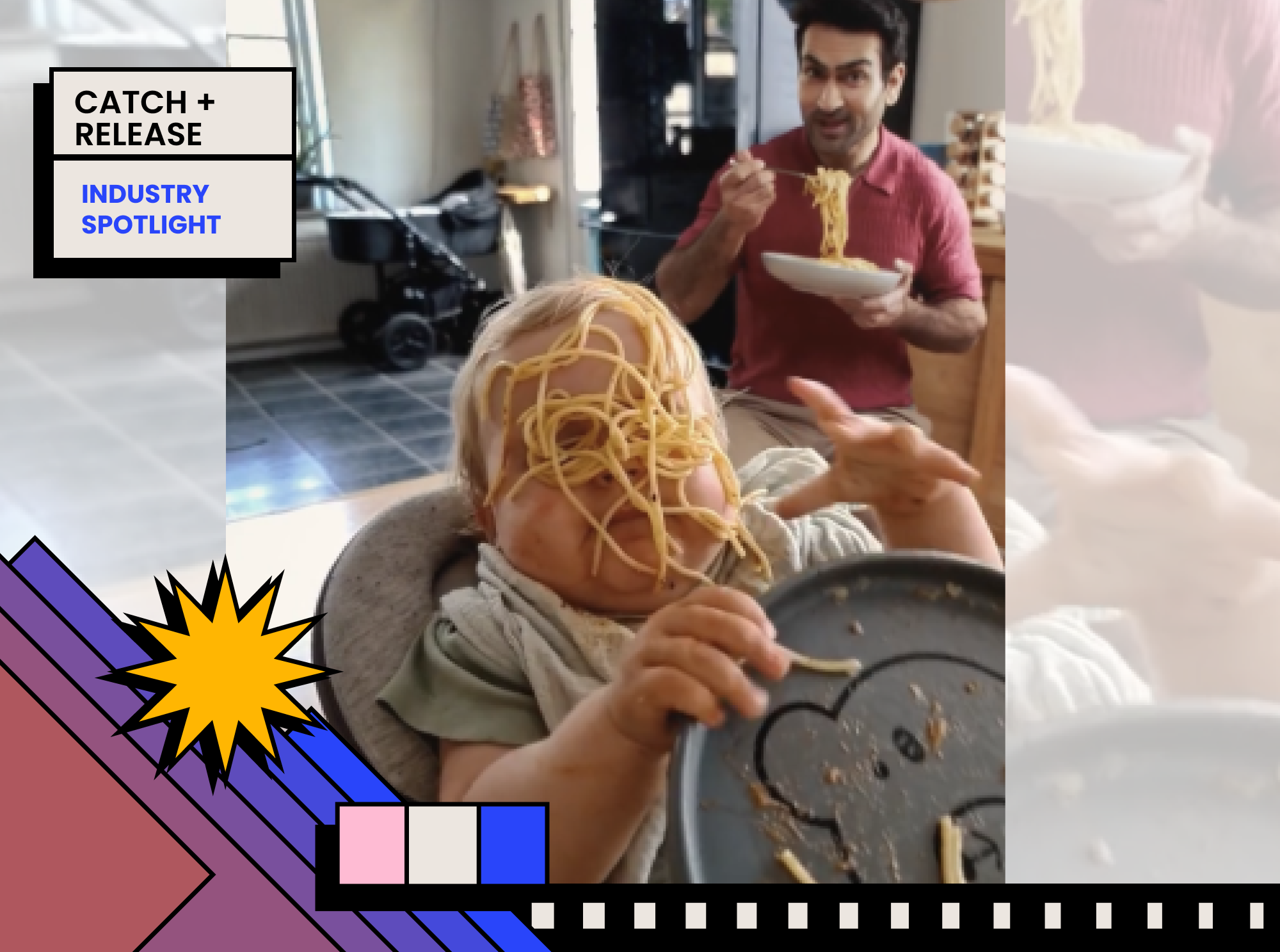Sofie Andersen leads interdisciplinary teams of digital storytelling and product development across platforms and in-gallery. She designs impactful, user-centered experiences and tells stories at the intersection of art and place. Previously, she worked as a Digital Strategist and award-winning multi-media producer with leading arts organizations and brands including MoMA, The Metropolitan Museum of Art, The Solomon R. Guggenheim Museum, Tate Modern, The National Gallery, London, Statens Museum for Kunst, The Hong Kong Museum of Art, Discovery Communications, and Hugo Boss. Sofie holds a BA Hons in Art History from the Courtauld Institute of Art, UK, and a certificate in Arts Administration from NYU. She runs production and digital strategy workshops, speaks regularly at industry conferences, and conducts research on emerging digital storytelling trends.
What role does video play within the context of audience engagement?
Video plays an important, integrated role within our digital presentation, communications, and education strategies to engage our audiences. We use video strategically and aim to give artists a platform to talk about their art, as well as to share behind-the-scenes footage of artists studios, and to provide opportunities for the viewer to learn more about our and exhibition installations.
With modern and contemporary art in particular, it is important to see art in context and as true to its intended purpose and original form as possible. During the museum’s move downtown, the museum launched Whitney Stories, an institutional video-storytelling series, which helped us to share the process of moving downtown and building a new building, keeping our audiences alongside us in real time. It helped our audience follow along with the transition and to give authentic behind-the-scenes access. Now that we’ve grown into our new home, we’re focused on using video to help create a connection between our audiences and our dynamic programming and collection.
What platforms work best for you to reach a new audience using video?
We use video for a range of purposes, from live streams of performances or talks, to documentation of works in motion, such as our current Calder show, to more expansive storytelling in the three-part series on the history and themes of the 2017 Whitney Biennial. It’s all about picking the right channel for the content. YouTube and Facebook are the primary primarily platforms for live content, and our deeper content lives across whitney.org, Vimeo, and YouTube. We also post on Google Live. It’s an area we’re looking to grow in as we experiment with newer tools like VR and 360.
What are the specific challenges cultural institutions have in creating original video content?
Resources are always an issue—producing great video is expensive and time-consuming. The Whitney’s exhibition program is very dynamic, so we try to balance restrictions with being nimble. There are also practical considerations for when we work with artists’s estates, and in capturing installation-based experiences. There is also often a balance between providing too much access versus giving just enough to pique our audience’s curiosity.
On the flip side, some exhibitions can really lend themselves to experimentation. So for the Dreamlands exhibition last fall, we created worked with 360-videos and shared less didactic film reels for the exhibition’s related film program. We are also lucky to have an incredible installation team at the museum. So for our current Calder:Hypermobility exhibition, we filmed the works in motion….and experimented with how the audience will activate the videos across our platforms—along with a specially commissioned video of one of the works accompanied by an original soundtrack by musician Jim O’Rourke.
How does video interweave with your bigger digital strategies?
Video is a critical part of our digital storytelling strategy and is fundamental to how we communicate across platforms. Video supports our mission of supporting the work of artists, and so beyond providing engaging experiences, it is critical as part of our function as storytellers and documenters of artists and their work.
In conjunction with our user experience and development strategies, we are looking to present well-produced videos, that are sometimes fast-paced and engage with larger themes, such as the Biennial, and at other times are more documentary in nature. It’s an investment, but we are increasingly approaching it as we do all other aspects of our programming, with a view to presenting the most engaging and innovative approaches we can. For the Biennial, video helped us tell the story of the show as it was being created, as well as share first-person interviews which formed an archive of the show—culminating in the last episode of the three-part series which came out in the closing week.





